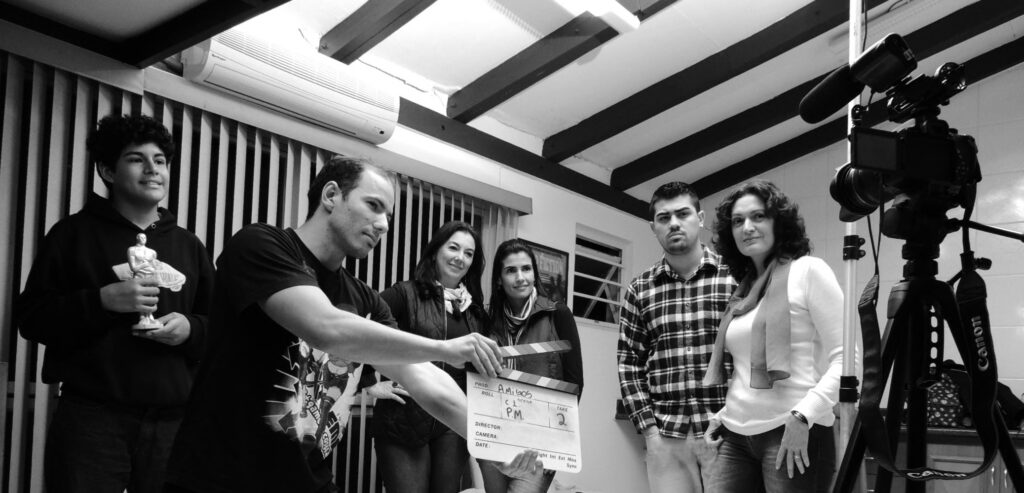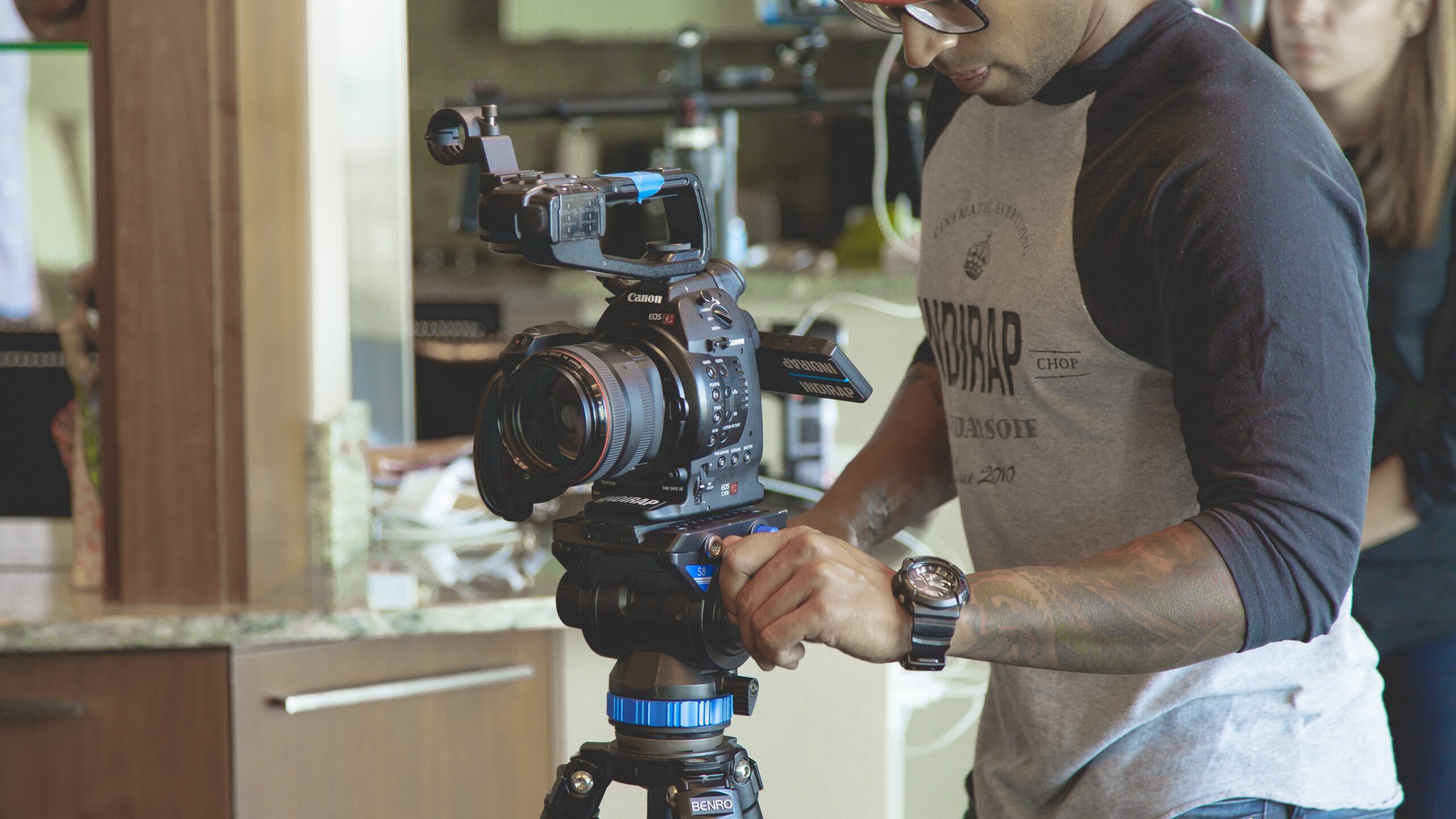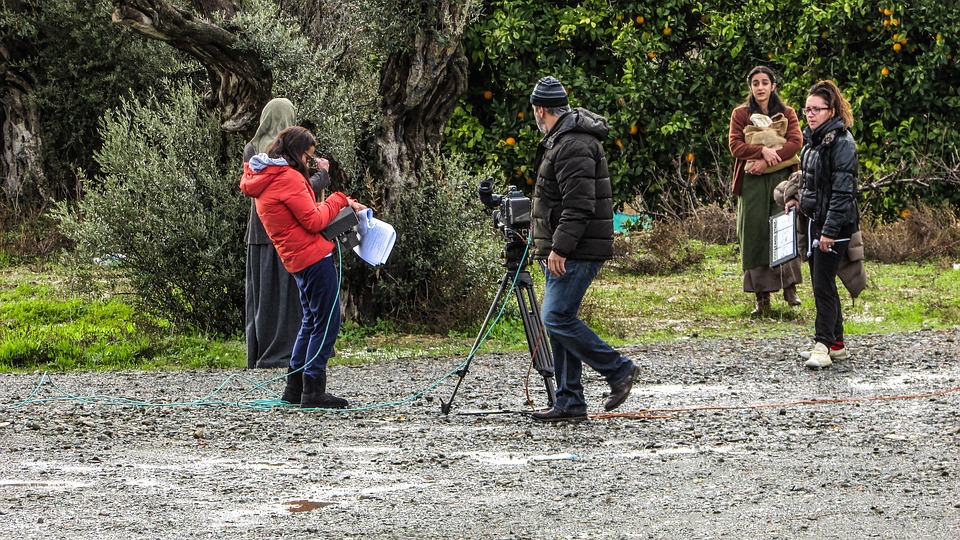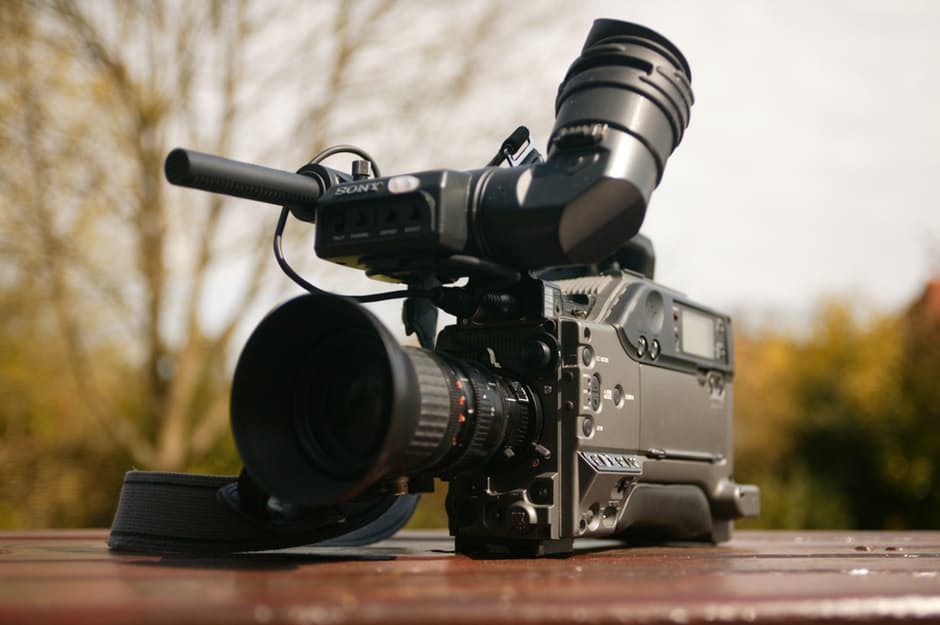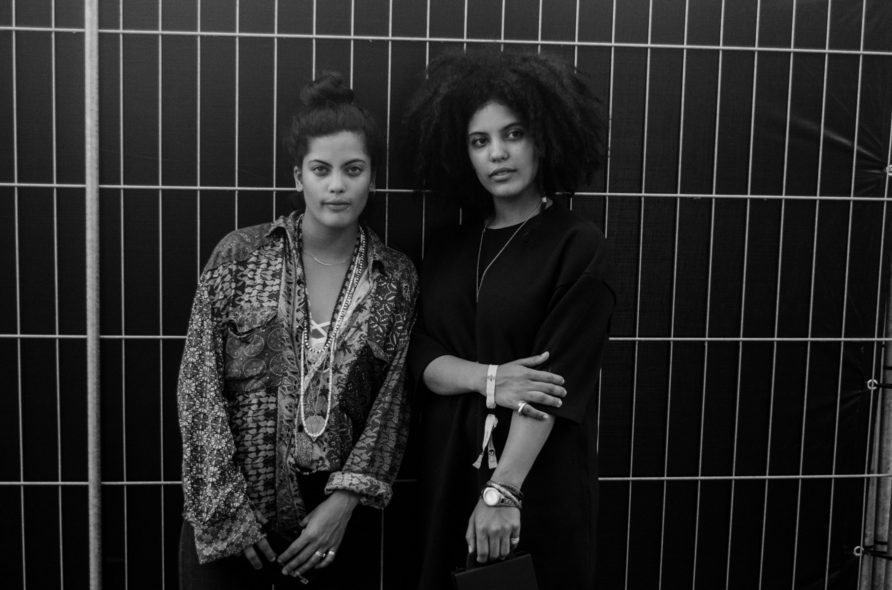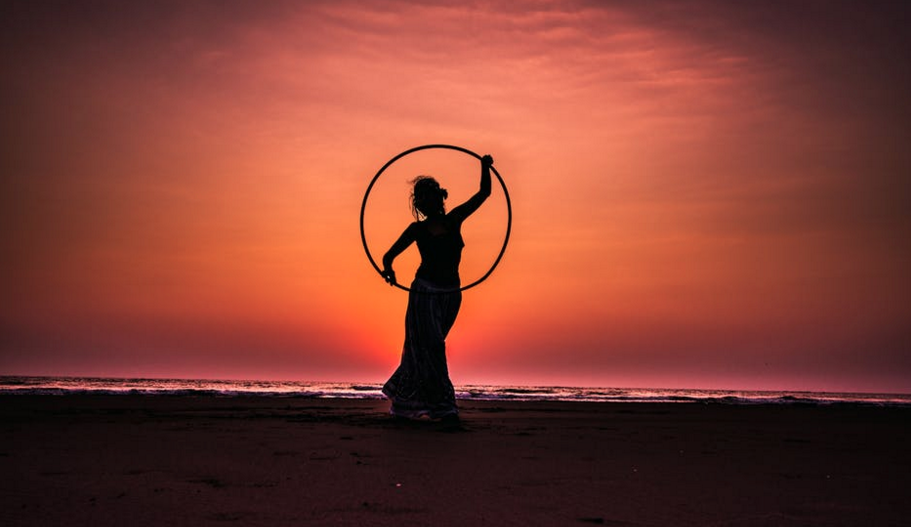“Veep” actress Anna Chlumsky, “S.W.A.T” actor Shemar Moore, and Television Academy CEO Hayma Washington announced the 2017 Emmy Awards nominees were announced at the Television Academy’s Wolf Theatre at the Saban Media Center in North Hollywood in July. The 69th Annual Emmy Awards will take place Sept. 17 live from the Microsoft Theater in Los Angeles, starting at 5:30 p.m. PST.
Compared to previous years, the 2017 Emmy ballot is bigger due to the growing number of television series. Drama dominated the ballot this year. There were 180 submissions for drama series, 140 submissions for best actor in a drama series, and 113 submissions for best actress in a drama series.
We’ve highlighted some of the actors, actress, and drama series we feel are worth mentioning below.
Drama
“The Crown” (Netflix)
Netflix captivated its audience with the period piece, “The Crown,” which focused on the private life of Queen Elizabeth II and Prince Philip, Duke of Edinburgh. Actress Claire Foy portrays the queen, and the drama did so well that Netflix has renewed the show for a second season. “The Crown” received nominations for outstanding drama series, outstanding lead actress in a drama series (Claire Foy), and outstanding supporting actor in a drama series (John Lithgow).
“This Is Us” (NBC)
NBC’s “This Is Us” was the highest rated new series in fall 2016 among adults under 50 years old. The show focuses on a young couple that loses a triplet during childbirth, and adopts an African-American baby after he was abandoned at a fire station. It also focuses on the lives of the three children and their everyday struggles in present time.
“This Is Us” has received three Golden Globe nominations, the network has renewed the show for two additional seasons, and the show has received several Emmy Awards nominations. The success of “This Is Us” can be linked to non-linear storytelling, which allows viewers to feel emotionally connected to the characters and storyline.
Drama: Actresses
Voila Davis (“How to Get Away with Murder”)
In 2015, Viola Davis made television history by becoming the first African-American woman to win an Emmy Award for outstanding actress in a drama series. During her speech, Davis said, “You cannot win an Emmy for roles that are simply not there.”
She has been nominated yet again for outstanding actress in a drama series for ABC’s “How to Get Away with Murder.” Will Davis be able to take home another Emmy for her role portraying criminal defense lawyer Annalise Keating?
Robin Wright (“House of Cards”)
Robin Wright has been nominated for outstanding lead actress in a drama series for Netflix’s “House of Cards” every year since 2013. Wright portrays Claire Underwood, the wife of House Majority Whip Francis Underwood. Wright has also been nominated as a producer on “House of Cards.” Will Wright be able to beat out newcomers like Claire Foy, Elisabeth Moss, and Evan Rachel Wood and finally secure an Emmy?
Drama: Actors
Sterling K. Brown (“This is Us”)
“This Is Us” actor Sterling K. Brown won an Emmy Award in 2016 for outstanding supporting actor in a limited series for his portrayal of Christopher Darden in FX’ “The People v. O.J. Simpson: American Crime Story.” Brown is hoping to take home the Emmy Award for outstanding lead actor in a drama series for his role of Randall Pearson. If Brown wins, he will be the first African-American male to win an Emmy this millennium; the last African-American male to secure an Emmy Award was Andre Braugher in 1998.
Anthony Hopkins (“Westworld”)
https://youtu.be/9a5BGKkK_h0
Anthony Hopkins is no stranger to Emmy Awards nominations. Hopkins won his first Emmy in 1976 for outstanding lead actor in a drama or comedy special where he portrayed Bruno Richard Hauptmann in “The Lindbergh Kidnapping Case.” This year, Hopkins has been nominated for outstanding lead actor in a drama series for his portrayal of Dr. Robert Ford in HBO’s “Westworld.” The new series focuses on a futuristic park with robotic people and allow rich vacationers to live out their fantasies through artificial consciousness.
Due to the show’s success, HBO renewed for a second season, which will start this fall.
Television Movie
“The Immortal Life of Henrietta Lacks”
The television movie, “The Immortal Life of Henrietta Lacks,” is based on the nonfiction book written by Rebecca Skloot. The book and the movie focus on the life of Henrietta Lacks – a poor African-American female tobacco farmer – whose cells were taken from her without her consent in 1951. Her cells were used in medicine to help develop a vaccine for polio, cloning, gene mapping, and in-vitro fertilization.
“The Immortal Life of Henrietta Lacks” focuses on ethics, race, medicine, and a history of dark experimentation on African-Americans.
What are some of your favorite Emmy Awards nominees? Let us know below! For a full list of nominees, visit the 69th Annual Emmy Awards website.





